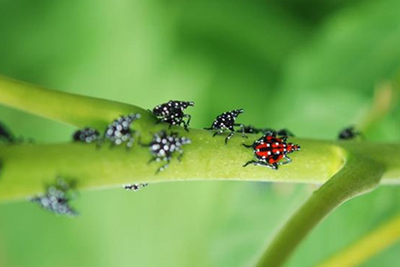An invasive insect now found in eight eastern West Virginia counties could affect the state’s wine and beer industries, according to experts.
The state Department of Agriculture says Taylor County has been added to the list of counties finding Spotted Lanternfly in their midst. The other counties include Hancock, Brooke, Mineral, Hampshire, Morgan, Berkeley, and Jefferson.
The Spotted Lanternfly is an invasive plant hopper that is native to China and arrived in North America hidden on goods imported from Asia. The pest’s main source of food is the non-native “Tree of Heaven,” but it feeds on a wide range of crops and plants, highlighting grapes and hops – which experts say could potentially impact the production of Mountain State alcoholic beverages.
“The WVDA is working closely with federal agencies to identify and treat areas where spotted Lanternfly is found,” West Virginia Commissioner of Agriculture Kent Leonhardt said. “However, with no known native predators, Spotted Lanternfly will continue to spread across our state, impacting agriculture industries and private property. We hope a more robust federal effort to contain and slow the spread of these insects will be initiated soon.”
The Agriculture Department says it has had some success in treating infested areas with insecticide.
Spotted Lanternfly can travel short distances on their own, but their main mode of movement is hitchhiking. Those who travel to an area with Spotted Lanternfly populations are asked to carefully inspect their vehicles, trailers, boats, ATVs, and any other surfaces for hitchhikers before they head home.
For more information on Spotted Lanternfly, click here. To report a spotted lanternfly sighting, send a photo, your location, and contact information to bugbusters@wvda.us or call 304-558-2212.
